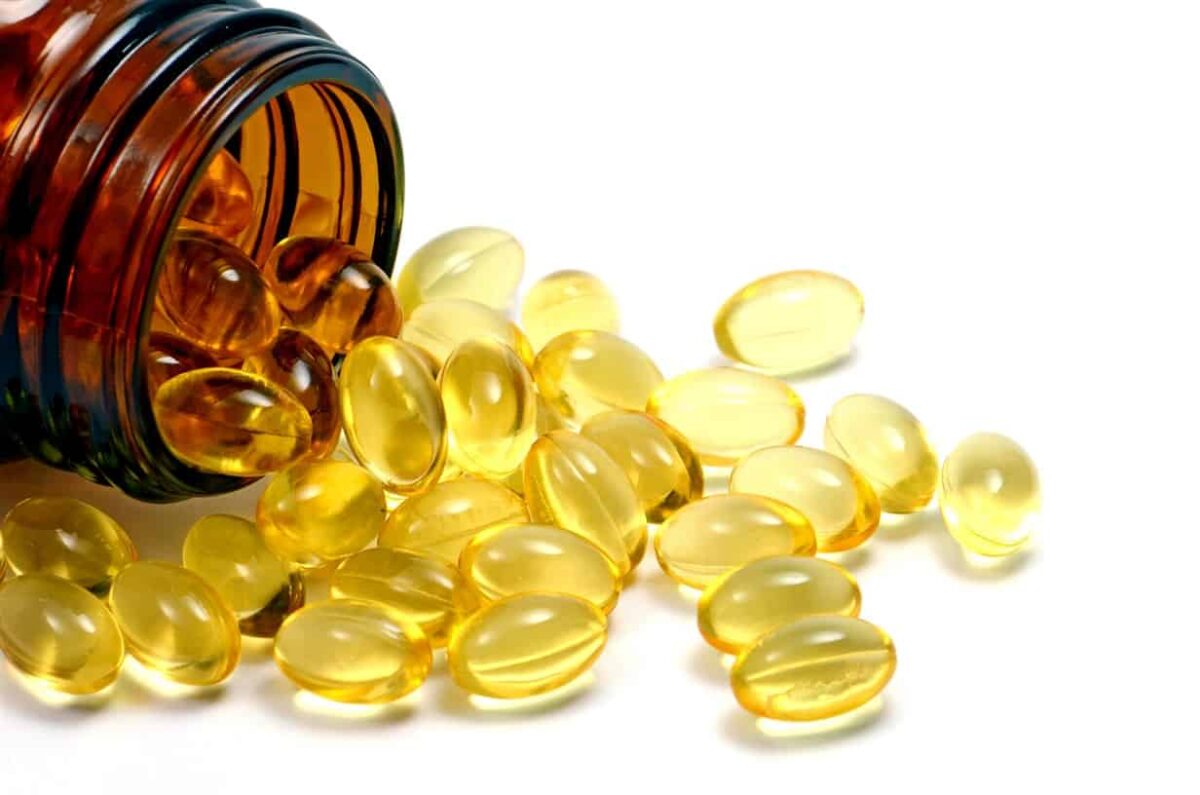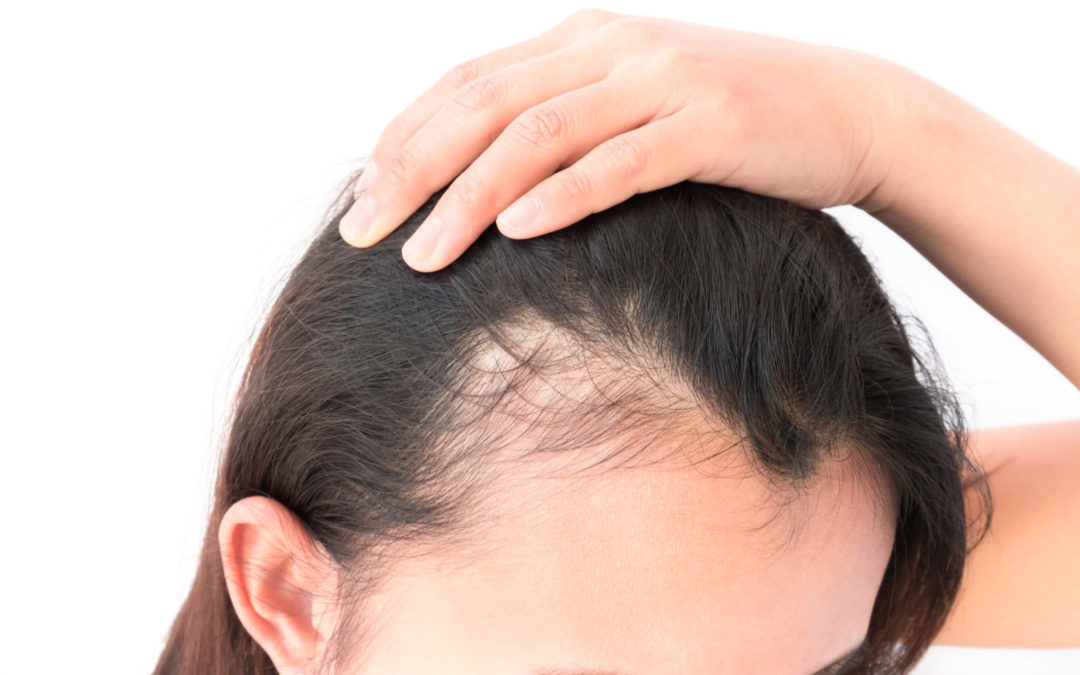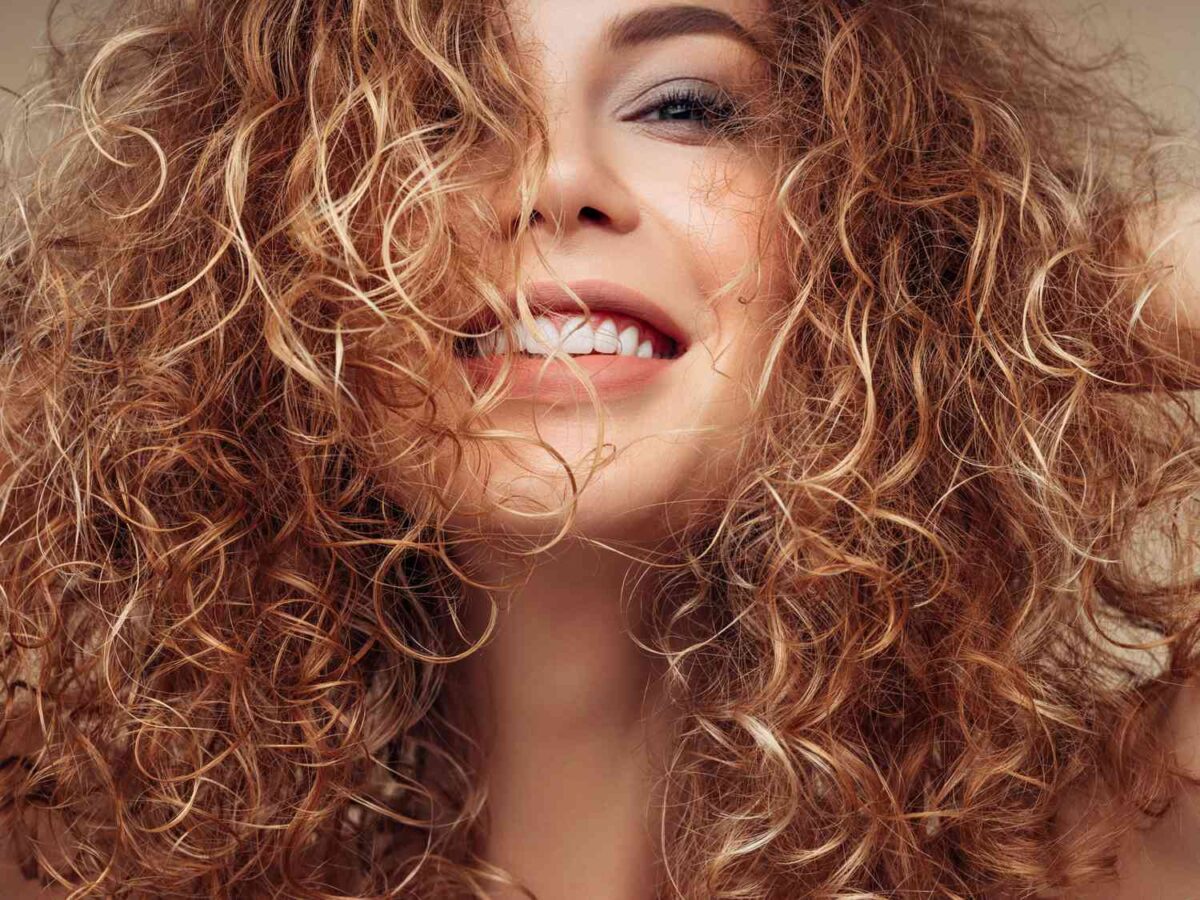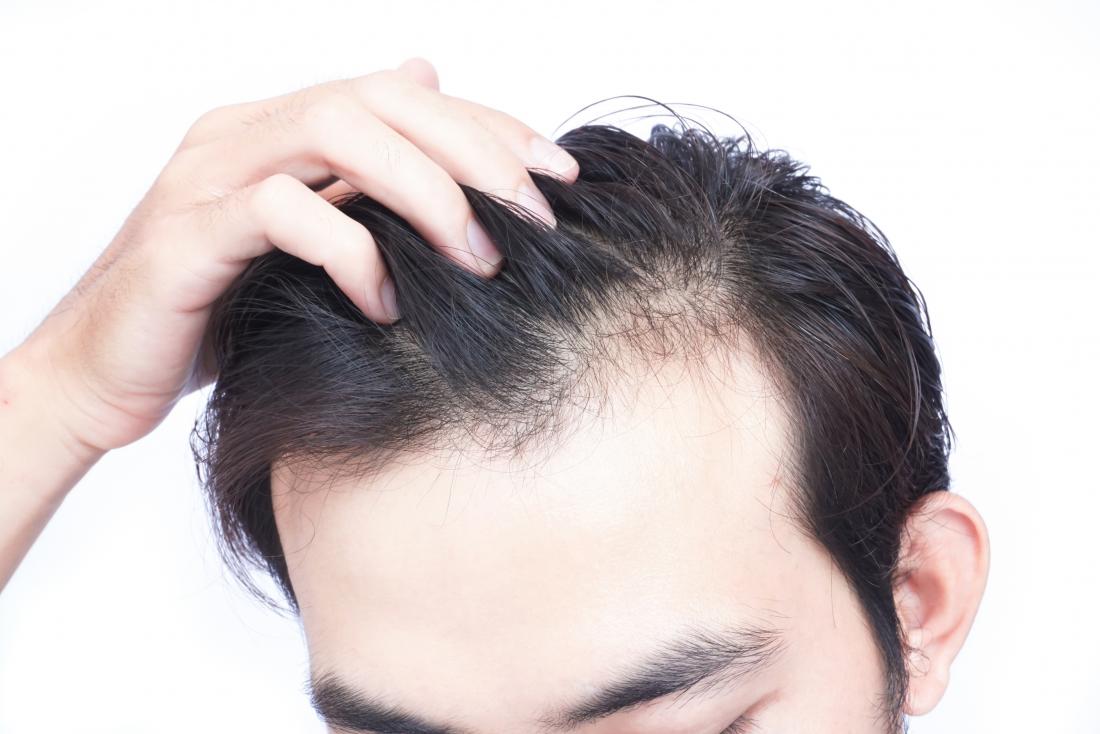Using vitamin D capsules for hair can potentially enhance hair growth and reduce hair loss, particularly if your body lacks sufficient vitamin D. Vitamin D plays a critical role in the creation of new hair follicles and the maintenance of healthy hair growth. You can incorporate vitamin D capsules into your hair care routine either by taking them orally or applying the oil directly to your scalp, depending on your preferences and specific health needs.
Importance of Vitamin D for Hair Health
Vitamin D is not only vital for bone health but also plays an essential role in the hair cycle. It can help stimulate hair follicles that have become dormant, potentially leading to hair regrowth. A deficiency in vitamin D has been linked to alopecia areata and could be implicated in other forms of hair loss as well. Ensuring adequate levels of this vitamin may help mitigate such issues.
Using Vitamin D Capsules Orally
1. Consultation with a Healthcare Provider: Before starting any supplement regimen, it’s crucial to discuss it with a healthcare provider. They can recommend the correct dosage based on your current vitamin D levels, which can be determined through a simple blood test.
2. Regular Intake: If you are deficient in vitamin D, a healthcare provider may recommend a daily intake of vitamin D capsules. It’s important to follow their guidance on dosage to avoid potential side effects associated with vitamin D toxicity, such as calcium buildup, which can harm bones, blood vessels, and the heart.
3. Monitoring and Adjustment: Regular monitoring of your vitamin D levels can help adjust the dosage as needed, ensuring you maintain optimal levels beneficial for both overall health and hair growth.
Applying Vitamin D Capsules Topically
1. Extracting Vitamin D Oil: You can use the oil inside vitamin D capsules for direct application to the scalp. Carefully puncture the capsule with a clean needle or pin and squeeze out the oil.
2. Application: Apply the oil directly to the scalp, particularly focusing on areas where hair thinning is most noticeable. Massage the oil gently into the scalp to increase blood flow and enhance absorption.
3. Frequency of Application: For best results, apply vitamin D oil to the scalp once or twice a week. Leave it on for an hour or overnight before washing your hair with a gentle shampoo.
4. Combining with Carrier Oils: For an enhanced treatment, you can mix vitamin D oil with a carrier oil like coconut or almond oil. This not only dilutes the vitamin D to a safer concentration for topical application but also provides additional hydration and nutrients to the scalp.
Tips for Maximizing Hair Health
- Balanced Diet: In addition to using vitamin D capsules, eating a diet rich in various nutrients can support hair health. Foods rich in omega-3 fatty acids, proteins, and other vitamins are essential for maintaining healthy hair.
- Adequate Sun Exposure: Safely increasing your sun exposure can naturally boost your vitamin D levels. Aim for 10-20 minutes of midday sunlight several times a week, depending on your geographic location and skin color.
- Stress Management: Chronic stress can negatively impact hair growth and lead to hair loss. Integrating stress-reduction techniques such as yoga, meditation, and regular physical activity can improve overall well-being and hair health.
Conclusion
Utilizing vitamin D capsules can be an effective method to potentially improve hair growth and combat hair loss, either through oral supplementation or direct scalp application. Always ensure to undertake such treatments under the guidance of a healthcare professional to optimize benefits safely and effectively. Regularly monitoring your health and adapting your approach based on results and healthcare advice can help you achieve the best outcomes for your hair health.





